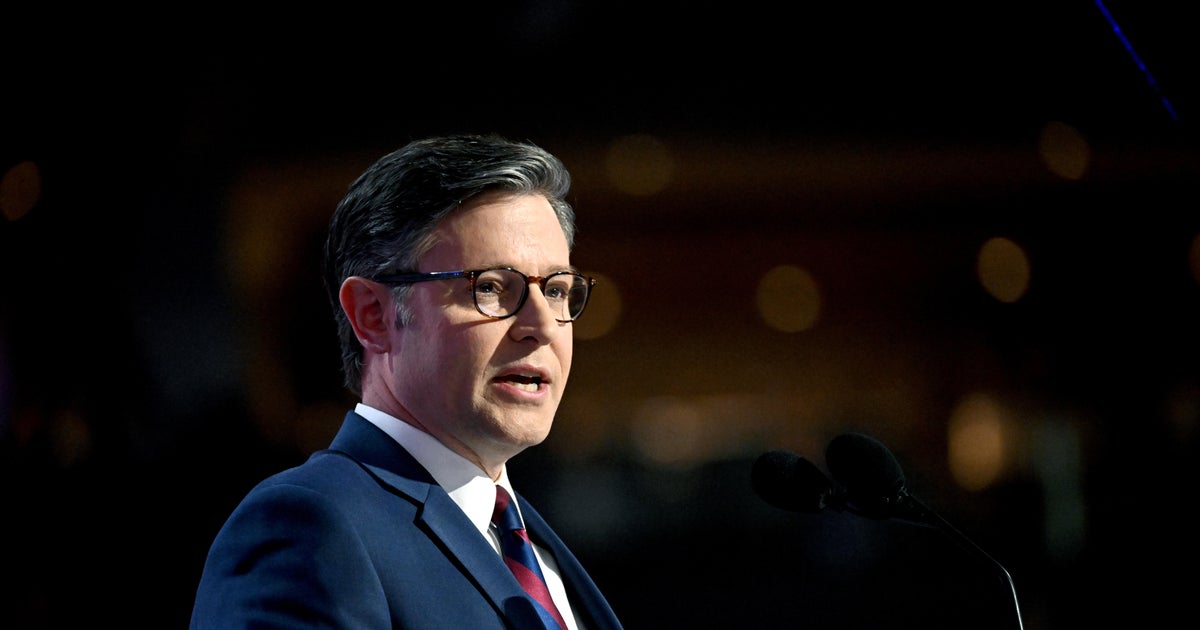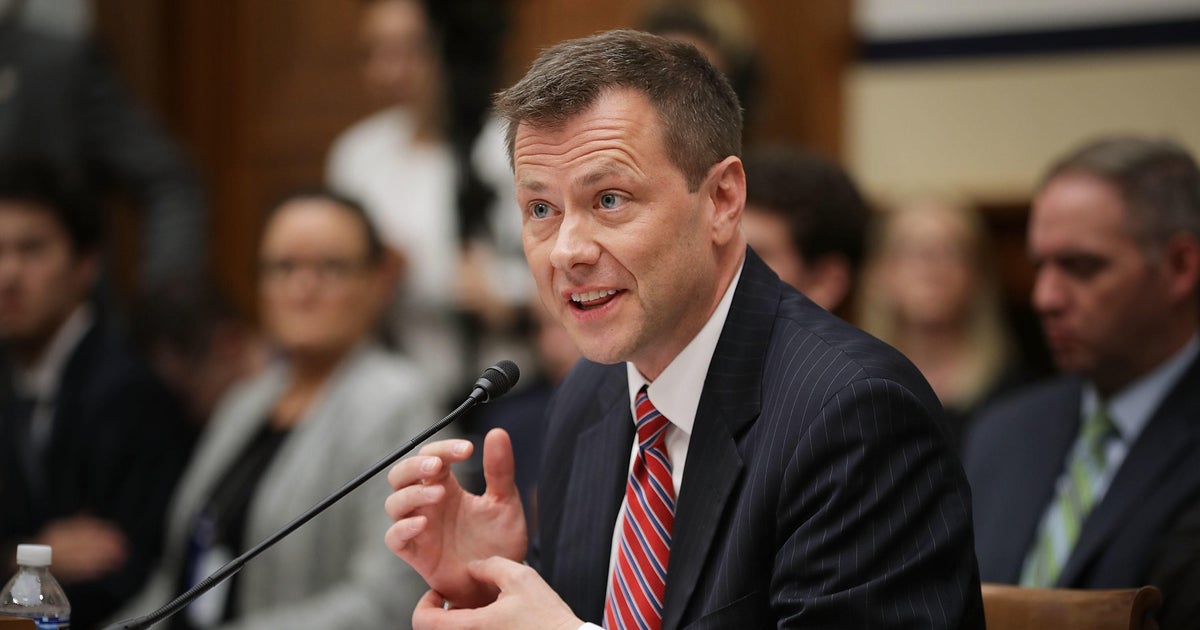Barr defends decision to forcefully clear protesters near White House
Washington — Attorney General William Barr defended his decision to order the forceful removal of protesters from a park near the White House earlier this week, saying the move to expand the perimeter around the White House was planned well before President Trump decided to walk across the park and pose for photos in front of a historic church.
Speaking at a press conference alongside the heads of all five Justice Department law enforcement agencies on Thursday, Barr said the massive federal response to protests in the nation's capital was justified after days of violent confrontations over the weekend. He said President Trump tasked him with coordinating efforts by thousands of law enforcement officers from various agencies and departments in the district.
"This is the federal city. It's the seat of the federal government," Barr said at the virtual press conference. "When you have a large-scale civil disturbance that is damaging federal property, threatening federal property, threatening federal law enforcement officers, threatening the officials in government and their officers and our great monuments, it is the responsibility of the federal government to render that protection, and we do so in close coordination with the Metropolitan Police Department."
The protests in the District of Columbia and around the country were sparked by the death of George Floyd, a black man who died in Minneapolis on Memorial Day after a police officer pinned his knee to his neck for nearly nine minutes.
In Washington, demonstrations north of the White House escalated in intensity over three nights beginning on Friday, May 29, and peaked on Sunday when demonstrators set several fires, damaged buildings and launched projectiles, the attorney general said.
"It was very serious rioting," Barr said. "The Treasury Department annex there was broken into. A historical building on Lafayette Park, which is federal property, was burned down. There was a fire set at the historical St. John's Church, right there across from the White House."
The attorney general said there were "numerous head injuries" among officers protecting the White House, and 114 overall injuries to law enforcement since Saturday. He said 22 officers have been hospitalized, most with head injuries.
Barr said the president asked him to coordinate the response on Monday, and he determined that morning that "we needed more of a buffer" around the White House complex.
"I made the decision that we would try to move our perimeter northward by a block to provide this additional protection, and later at 2 o'clock on Monday, I met with all the various law enforcement agencies and we set our tactical plan, and that plan involved moving our perimeter a block north, to I Street," he continued.
Barr said he hoped to extend the perimeter "relatively quickly, before many demonstrators appeared that day," but delays in getting units in place pushed back the move.
"By the time they were able to move our perimeter up to I Street, there had been a number, a large number of protesters that had assembled on H Street," he said, adding that the group was becoming "increasingly unruly." He claimed the protesters were asked three times to move back a block, which has been disputed by demonstrators who were there.
"They refused. We proceeded to move our perimeter out to I Street," Barr continued.
Federal officers deployed chemical irritants to scatter dozens of protesters, a dramatic confrontation that played out on live television just minutes before Mr. Trump was set to address the nation from the White House Rose Garden.
Explosions could be heard in the background as Mr. Trump spoke and threatened to deploy active-duty military units to states that couldn't put a stop to looters.
Mr. Trump immediately left the White House on foot to walk to St. John's Church, accompanied by numerous Cabinet officials, Barr among them. He posed in front of the church while holding a Bible and urging his aides to join him, immediately raising the question of whether peaceful protesters were forcefully removed to clear the way for a presidential photo opportunity.
On Thursday, Barr denied that the decision to extend the perimeter was related to the president's decision to walk to the church.
"There was no correlation between our tactical plan of moving the perimeter out by one block and the president's going over to the church," he said.
The attorney general said the move to extend the perimeter has been effective in tamping down confrontations between officers and protesters.
"Fortunately, later that evening on Monday after we did establish a buffer zone, we were able to finish that day without further significant violence from the demonstrators, and then the following two days were peaceful," Barr said. "So we're pleased with that."





